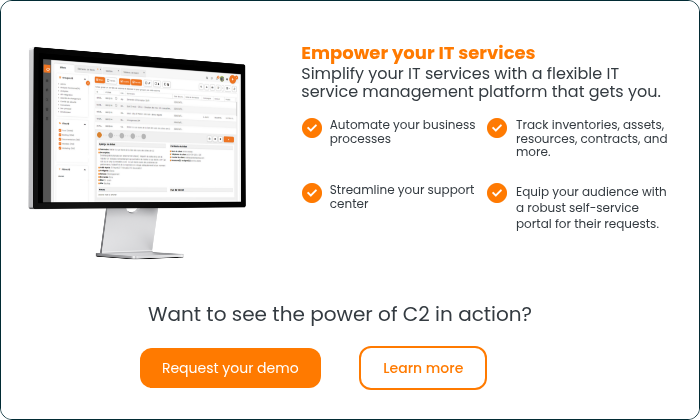Nothing requires 99.99% uptime and high resolution speed more than healthcare. Patient outcomes hang on your ability to manage problems with the technology now required to provide the top-of-the-line health care mandated by government regulation, medical organizations, patients, and families.
Healthcare IT has three core goals dictated by the various taskmasters within the organization:
- Quality and safety of patient
- Regulatory compliance
- Operational performance
Challenges and immediacy of information
The challenges presented by today’s medical environment and clinician use of technology can seem to put you at odds with these goals. Health care workers are more geographically dispersed, if only across a large campus; they demand up-to-the-minute patient information that is highly accurate; and they increasingly want to use mobile technology for its convenience and portability. On top of all this, you probably have a variety of platforms, operating systems, and connections that must work together seamlessly.
Standards and regulations
Contrasting these needs with the core goals shows you the fine line your healthcare IT service management solution walks. Information security throughout all communication channels is paramount, yet so is accessible. Large numbers of applications are being used that service desk staff must support. And then staying within regulatory compliance as it exists in the health care field can tax the best of IT departments.
Health care is just as constrained as every other segment of the economy, yet you have much less leeway when it comes to cutting services. Even non-critical health services are too important to consider lowering standards or reducing healthcare opportunities. Maintaining the same high level of support is just as critical.
Performance and efficiency
Performance and efficiency can be enhanced by using technology wisely. Permitting access to self-service on the web, by email, or over the phone can decrease the number of calls fielded by IT service desk workers, leaving them more time to resolve more urgent and involved problems. Creating an easily used and continuously updated knowledge base, such as a service catalogue, can increase first-call resolution, resulting in less time spent on the phone. Automating ticket process workflow ensures that all problems are handled on time. Access to analytical data helps you find those parts of the process that cause problems and become more proactive as you learn the signals of an emerging issue. In IT and healthcare, an ounce of prevention is worth a pound of cure.
Service Quality
Full IT service management solution providers for the healthcare industry, such as C2 Innovations, know that automating follow-up and processing of tasks by automatically creating requests and adopting intervention templates for your support team increases efficiency without sacrificing quality.






